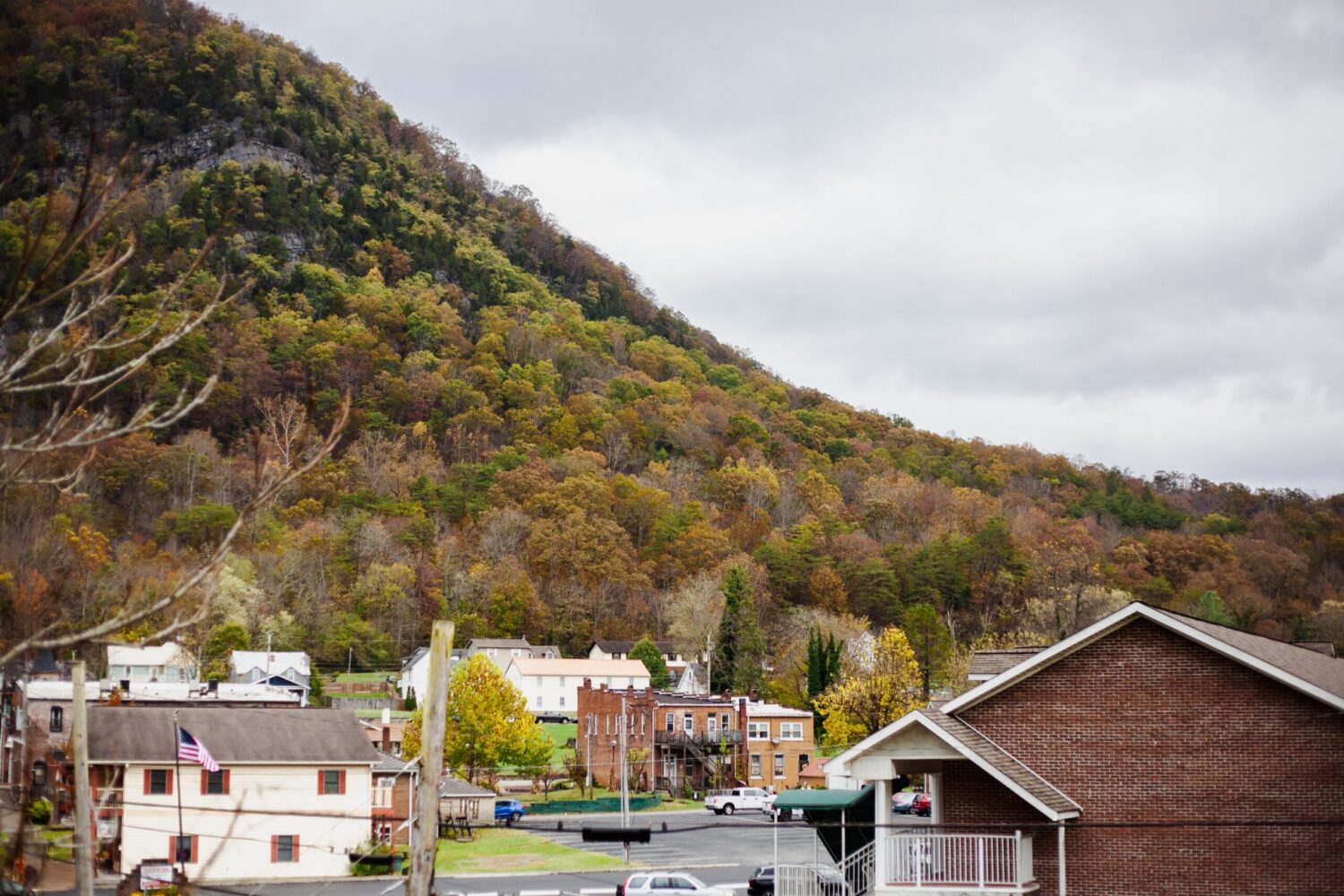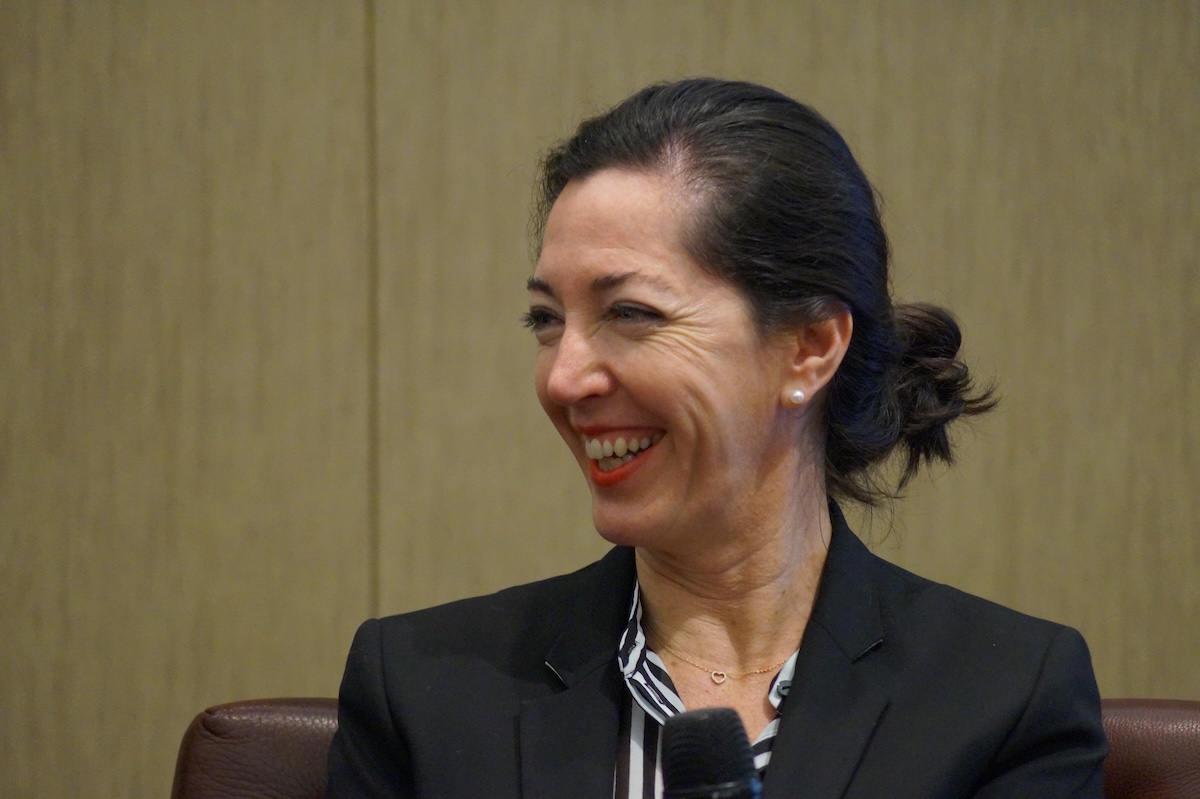ImpactAlpha, January 26 — Central Appalachia’s forests and ecosystems are some of the most biodiverse in the world, and its mountains among the oldest on Earth.
The majority-white population of 7.5 million is also home to a significant Indigenous population, as well as African-American, Latino and Asian descendants of those who came to work in the region’s mines before the coal economy collapsed, starting in the 1970s.
Invest Appalachia, a new community-based impact fund, is taking a catalytic capital approach to advance economic inclusion, health equity, climate resilience, and place-based impact in Central Appalachia. The fund has raised nearly half of its $40 million target, including a $10 million anchor investment from UnitedHealth Group, the largest health insurer in the U.S. Other investors include the Cassiopeia Foundation, Sugarbush Valley Impact Investments, the Robert Wood Johnson Foundation, the Appalachian Regional Commission and the Laughing Gull Foundation. LOCUS Capital, the registered investment advisor affiliate of Richmond, Va.-based LOCUS Impact Investing, is the fund’s investment manager.
“Appalachia’s natural resources and people have fueled the development of America’s economy for generations, and the region has suffered extraction and disinvestment in return,” said Invest Appalachia’s Andrew Crosson.
Absorbing risks
A Catalytic Capital Pool has raised an additional $2.7 million in “risk-absorbing philanthropic dollars” from the RWJ Foundation, the Appalachian Regional Commission, the Hearst Foundation, Bloomberg Philanthropies, the Charles M & Mary D Grant Foundation, the Dogwood Health Trust, the U.S. Economic Development Administration and Catalytic Capital Consortium.
Invest Appalachia has already made more than $900,000 in loan guarantees, technical assistance and conditional repayment grants to nine projects, including small business loans for flood-impacted businesses and residents in Kentucky and financing renovations for a local grocery store in a rural food desert.
The $100,000 grant from the Catalytic Capital Consortium helped Invest Appalachia develop the blended capital structure, which includes community accountability mechanisms such as a Community Advisory Council. Invest Appalachia is aiming to raise $17 million in grant capital over the next seven years to build an inclusive pipeline of projects, de-risk deals and increase investment readiness in the region, Crosson said.
As a “regionally controlled creative capital solution,” Invest Appalachia offers “an innovative model for foundations and other impact investors who want to get capital to the people and places that need it most,” said Robert Wood Johnson Foundation’s Zoila Jennings.
Central Appalachia is made up of 172 counties in West Virginia, Eastern Kentucky, Southwest Virginia, East Tennessee and Western North Carolina. The region suffers from a lack of quality education and jobs, inadequate housing and poverty.
“There are actors doing some impact investing, including a few CDFIs and foundations, but we saw a need to create a new way for larger-scale impact investing to flow into the region,” Crosson told ImpactAlpha. “Invest Appalachia was created to help channel more impact investing resources in the region.”












